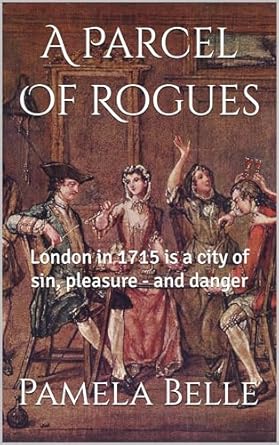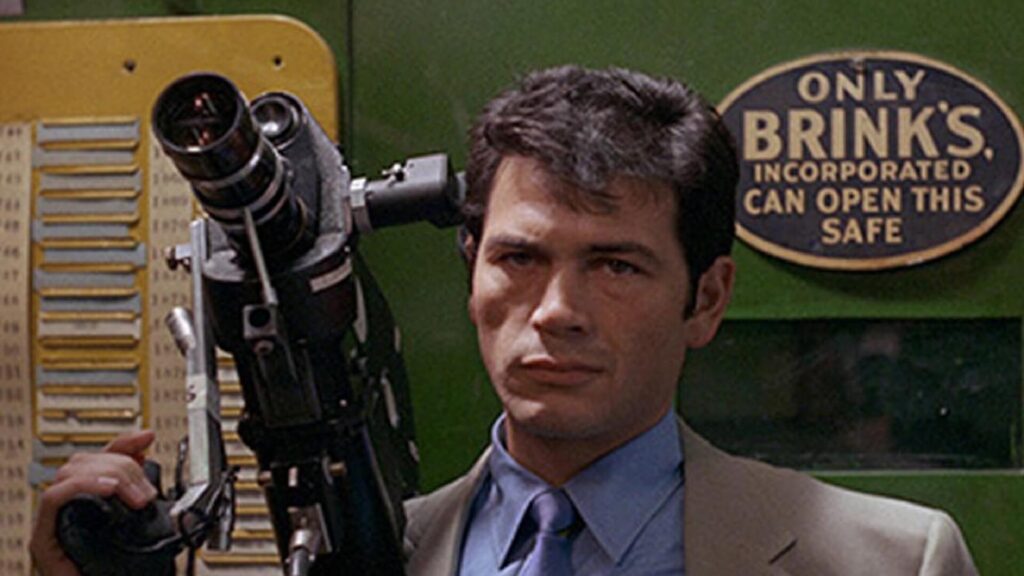Crook Manifesto
Second in a trilogy, Crook Manifesto is a brisk ride that tears through 1970s Harlem until each projected act of violence erupts mid-paragraph, almost unexpectedly. In part 1 (1971, during the Knapp Commission police corruption investigation, the BLA and the Black Panthers) furniture salesman/former fence Ray Carney (Harlem Shuffle), doomed by his past, is highjacked by a corrupt policeman. The action brims over with colloquialisms, street crooks, furniture styles, and dead bodies. Harlem is portrayed in clear-eyed, unsentimental prose, sans clichés of the genre crime story, and no crime-solving detective. Women play minor parts. But in part 2 Blaxploitation is the 1970s topic when a film actress goes on the lam; part 3 builds on the theme of arson, returning Carney into a final tight plotline and a sense of what’s at stake, now that Harlem is burning and scorching his showroom.
The dialogue is often pared-down patter, mixed into indirect discourse, and an unknown narrator tags the landscape with popular brands, trendy names, and cultural phenomena of its own distinct decade: “tight polyester polos and Muscle Beach physique. . . Jack LaLanne.” Chapters open with punchy prose, punctuated rhythms, alliterative sounds, and visual detail: “There were a hundred ways to announce that you were crooked and a hundred ways to un-announce it. You can peacock it up like a pimp, hang your shingle in polyester plumage. Push the latest high on a street corner.”
The camera sweeps across Harlem’s streets and population who live and die among the corruption, crime, fire, drugs. Crook Manifesto feels like a frank contemporary record, as if a 1970s film crew were let loose onto a living moving world of crime and struggle, unlikely to have been produced and directed by the white culture’s camera.










